 American Legion Post 127
American Legion Post 127
Entry Type: Place
 American Legion Post 127
American Legion Post 127
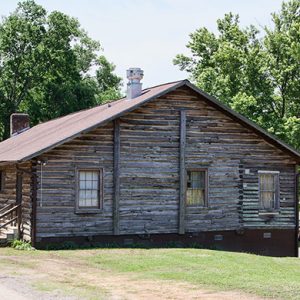 American Legion Post 166
American Legion Post 166
 American Lumber
American Lumber
 American Railcar Industries
American Railcar Industries
American Viticultural Areas
aka: Viticultural Areas
 Amity
Amity
 Amity
Amity
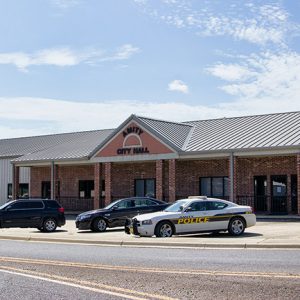 Amity City Hall
Amity City Hall
Amity (Clark County)
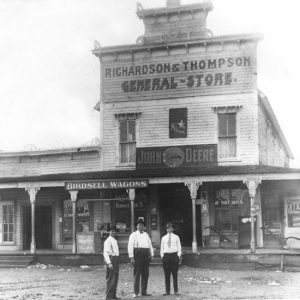 Amity General Store
Amity General Store
 Amity Street Scene
Amity Street Scene
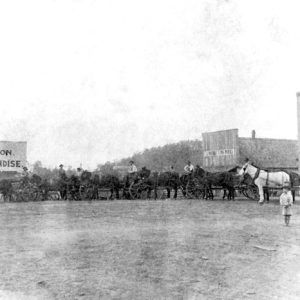 Amity Town Square
Amity Town Square
Anderson (Scott County)
 Agricultural Land
Agricultural Land
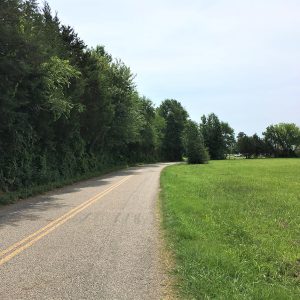 Anderson View, East
Anderson View, East
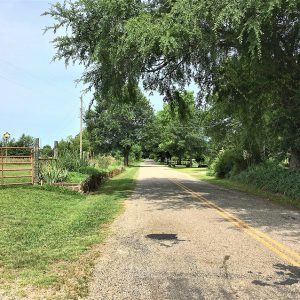 Anderson View, West
Anderson View, West
 Anderson Farms Tank
Anderson Farms Tank
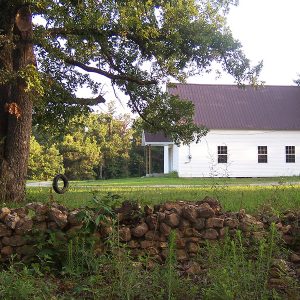 Anderson Flat School
Anderson Flat School
 Anderson Flat Community Building
Anderson Flat Community Building
Anderson Flat (Marion County)
aka: Verona (Marion County)
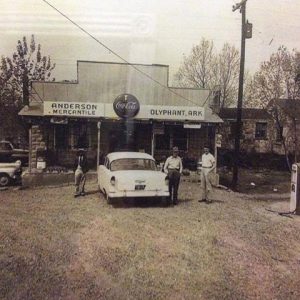 Anderson Mercantile
Anderson Mercantile
 Anderson's Esso
Anderson's Esso
 Broncho Billy Anderson's Home
Broncho Billy Anderson's Home
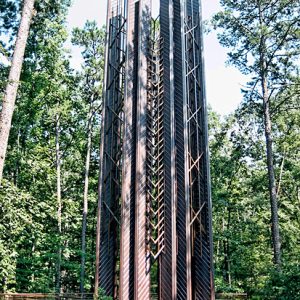 Anthony Carillon Tower at Garvan Woodland Gardens
Anthony Carillon Tower at Garvan Woodland Gardens
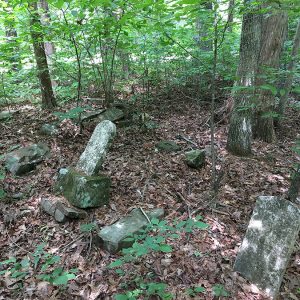 Anthony Cemetery
Anthony Cemetery
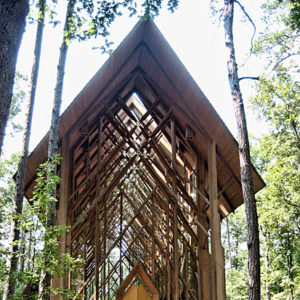 Anthony Chapel at Garvan Woodland Gardens
Anthony Chapel at Garvan Woodland Gardens
Anthony House
 Anthony Timberlands, Inc.
Anthony Timberlands, Inc.
Anthonyville (Crittenden County)
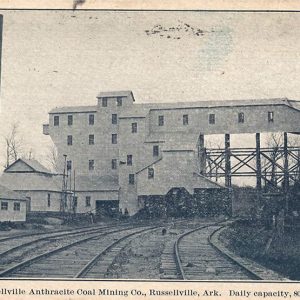 Anthracite Mining
Anthracite Mining
Antioch (Hot Spring County)
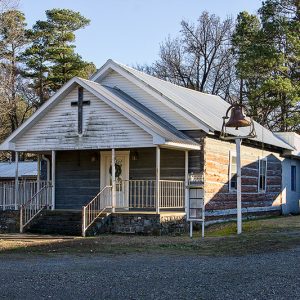 Antioch Baptist Church
Antioch Baptist Church
 Antioch Christian
Antioch Christian
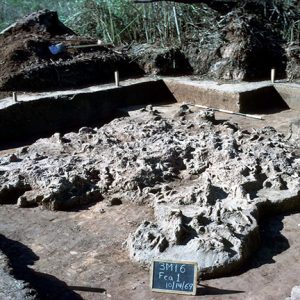 Antler Pile
Antler Pile
 Antoine Hardwoods
Antoine Hardwoods
Antoine (Pike County)
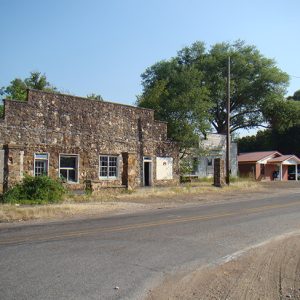 Antoine Street Scene
Antoine Street Scene
 Antoine Street Scene
Antoine Street Scene
 AOP Guard House
AOP Guard House
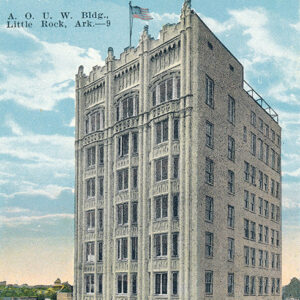 AOUW Building
AOUW Building
 AP&L Shop
AP&L Shop
 Apollo Theater
Apollo Theater
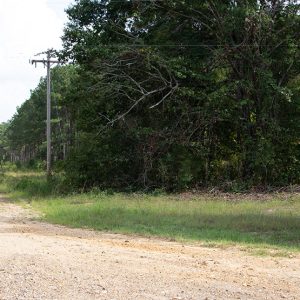 ArborGen Nursery
ArborGen Nursery
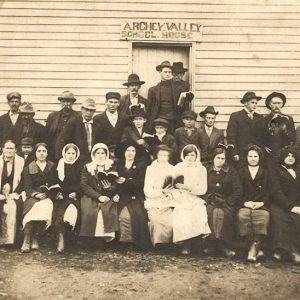 Archey Valley School
Archey Valley School
 Argenta Drug Store
Argenta Drug Store
 Argenta Drug Company
Argenta Drug Company
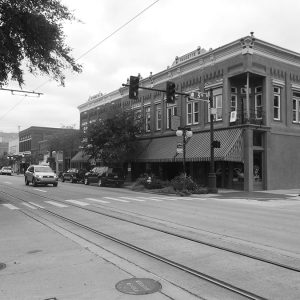 Argenta Historic District
Argenta Historic District
Argenta Historic District
 Argenta Street Scene
Argenta Street Scene




